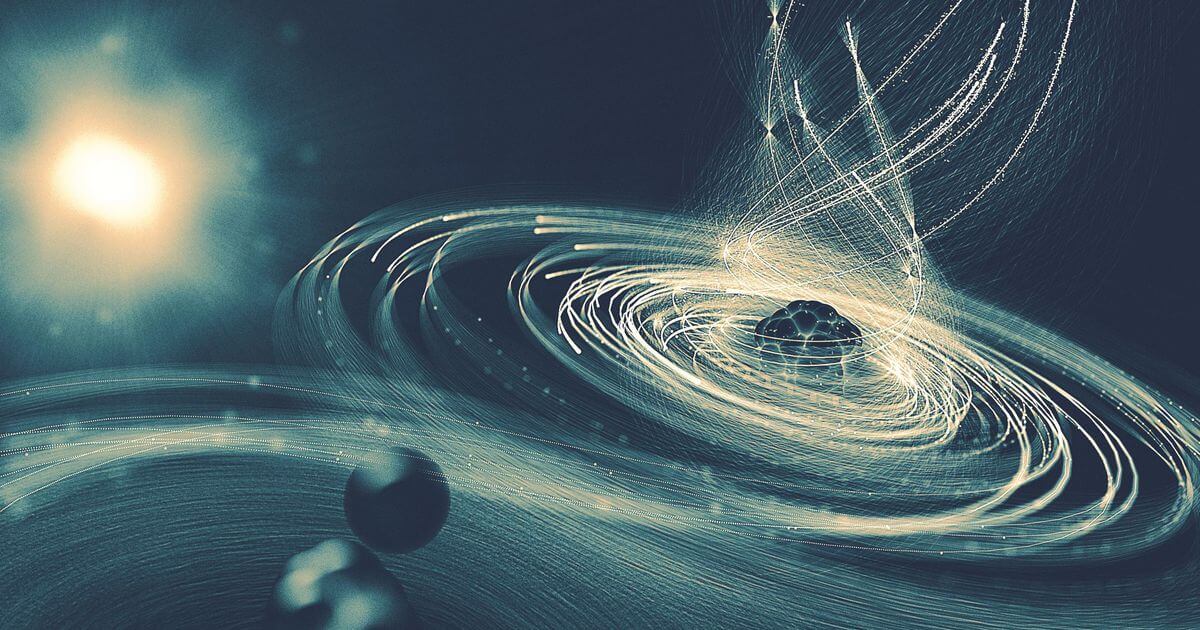
Don’t be put off by the title. Black hole accidentally created by the staff of SLAC National accelerator laboratory, turned out only the size of a single atom, so we are not threatened. And the name “black hole” only vaguely describes the researchers observed the phenomenon. We have repeatedly told you about the world’s most powerful x-ray laser called the Linac Coherent Light Source (Linear coherent light source – eng.). Developed this device was to ensure that the researchers were able to see all the beauty of the microscopic level. But by accident the laser molecular created a miniature black hole.
In January 2012, LCLS has been used in order to recreate in the laboratory a sort of tiny star. The laser-created dense matter, heated to a temperature of 2,000,000 degrees Celsius. Scientists at some time closer to understanding what is happening inside the Sun. But plans to create a black hole, even if it is molecular, the researchers were not. This event was the result of pure chance during one of the numerous experiments.
LCLS irradiates an object with extremely bright x-ray outbursts lasting only a few femtoseconds. In the course of another experiment, scientists used mirrors to focus the laser beam into a spot with a diameter of only 100 nanometers, which is about 100 times less than usual. The purpose of the experiment was to study the reaction of heavy atoms in the shock hard x-rays. That is why it is important to focus the laser beam. The power obtained in the end, you can compare with all the sunlight falling on the earth, if you focus it into a spot the size of a human fingernail.
All that energy scientists sent to the xenon atoms, containing 54 of each electron and the atoms of iodine with 53 electrons. The researchers speculated that those electrons, which are located closest to the center of atoms will be removed that, in fact, allow for some time to create a sort of “hollow atoms” as long as the electrons from the outer orbits start to fill in the gaps. In the case of xenon this was exactly what happened. But the iodine behaved quite differently. Atoms that are part of the two molecules after the loss of electrons has turned into some kind of black hole, absorbing the electrons from the neighboring atoms of carbon and hydrogen. The laser was knocked out of the atom involved in other people’s electrons until then, until completely destroyed the entire molecule.
It was assumed that the atom of iodine will lose a total of 47 electrons, however, the inverted electrons from neighboring atoms, the researchers counted 54 pieces. And that we are talking about a smaller molecule. As for large molecules, the researchers are still analyzing the results of the experiment. This is not so easy, but the researchers plan to continue their research in this direction. Results unusual experience was published in the journal Nature.
Scientists accidentally created a black hole of molecular
Sergey Grey